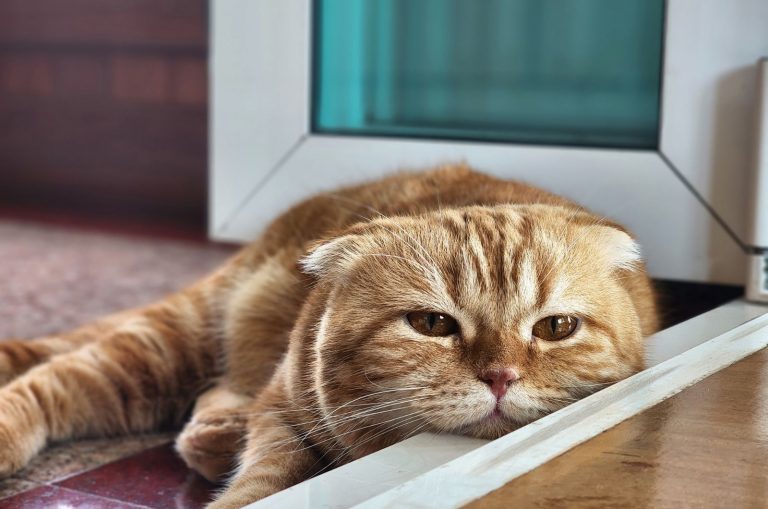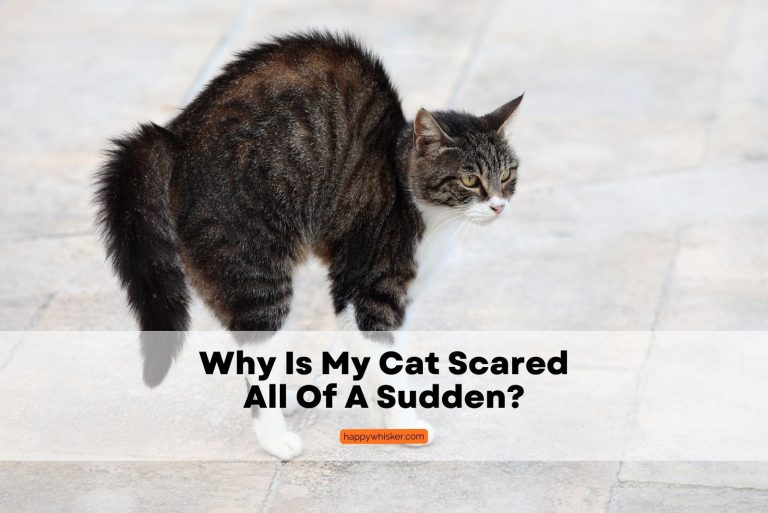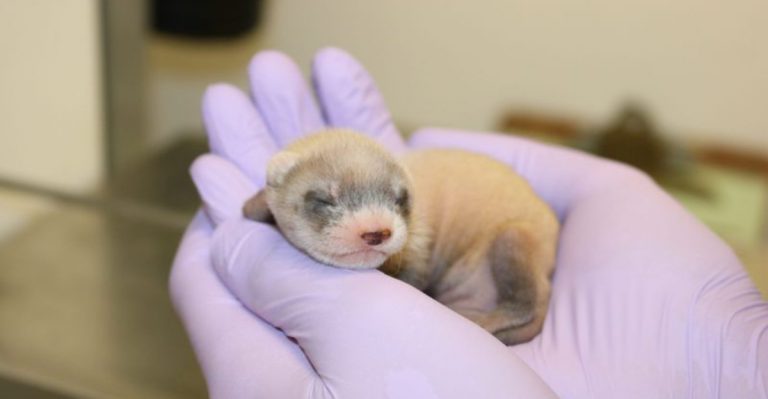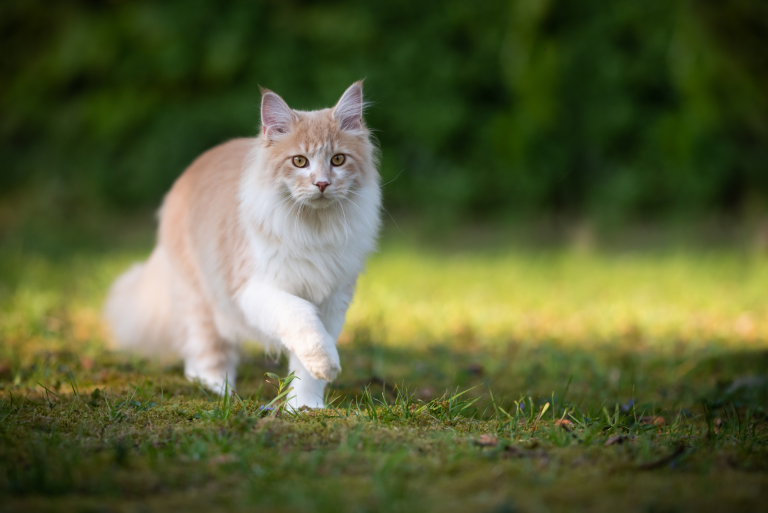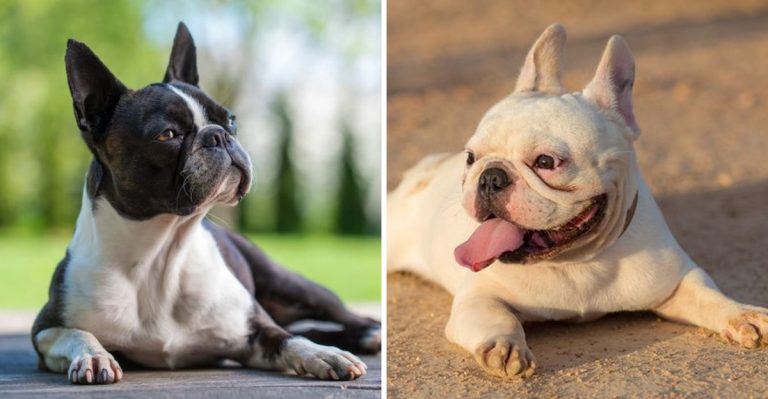7 Dog Breeds Vets Advise Against Buying And 4 That Suit A Busy Lifestyle
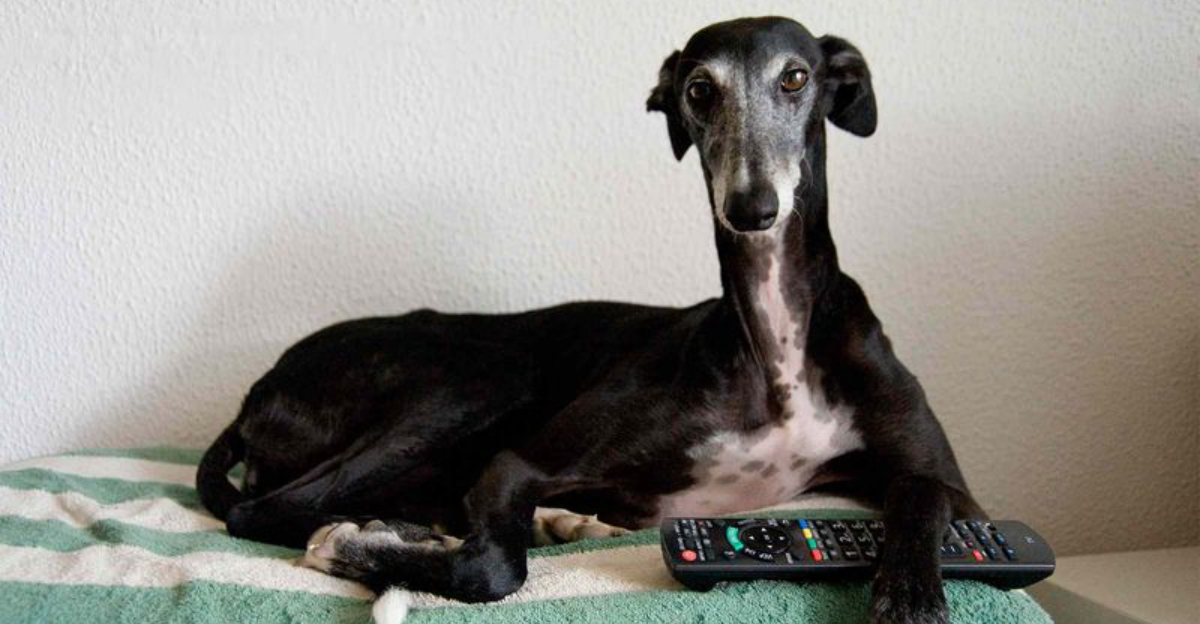
Choosing the right furry friend can make or break your pet ownership experience. Not all dog breeds are created equal – some require extensive care while others can happily adapt to your on-the-go schedule.
Veterinarians often caution against certain breeds due to health issues, temperament challenges, or care requirements that many owners aren’t prepared for.
Let’s explore which dogs might be better left at the breeder and which could be your perfect match when time is limited.
1. English Bulldog – Breathing Troubles Galore
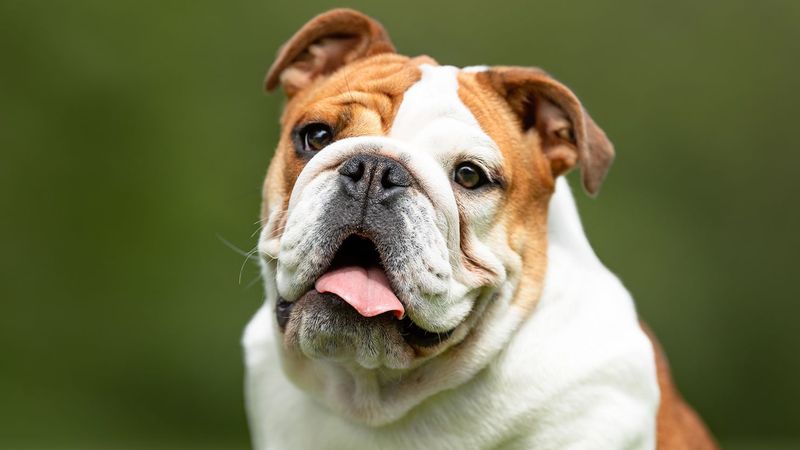
English Bulldogs melt hearts with their squishy faces and adorable wrinkles. Unfortunately, these same charming features cause serious health problems throughout their lives.
Their flat faces lead to a condition called brachycephalic airway syndrome, making simple activities like walking or playing extremely difficult. Many bulldogs require expensive surgeries just to breathe normally.
Beyond breathing issues, they’re prone to skin infections, eye problems, and joint disorders. Most bulldogs can’t even give birth naturally and require C-sections. With vet bills often exceeding thousands of dollars annually and a shorter lifespan of 8-10 years, veterinarians frequently recommend considering healthier breeds.
2. Chinese Shar-Pei – Wrinkled Skin, Wrinkled Problems
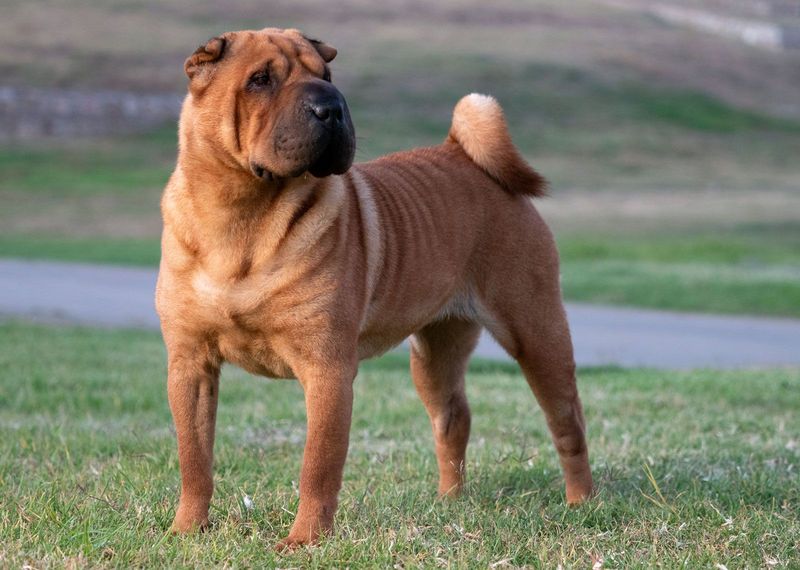
Those trademark wrinkles might look adorable, but they’re actually a breeding ground for trouble. Shar-Peis often suffer from painful skin infections hiding in those deep folds that require daily cleaning and maintenance.
A genetic condition called Shar-Pei Fever causes these dogs to experience mysterious bouts of fever and joint pain throughout their lives. Many owners aren’t prepared for the specialized care these dogs need.
Shar-Peis can also develop serious eye problems including entropion, where eyelids roll inward, causing lashes to scratch the cornea. With their strong-willed temperament and health challenges, vets often suggest more resilient breeds for first-time dog owners.
3. Cavalier King Charles Spaniel – Hearts Breaking Too Soon
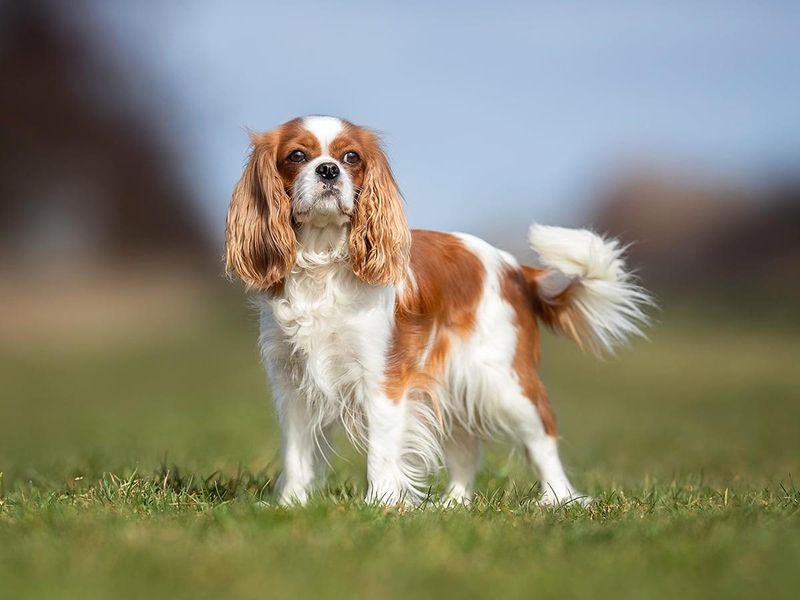
Behind those soulful eyes and silky ears lies a heartbreaking reality. Nearly all Cavaliers will develop mitral valve disease, a serious heart condition, by age 10. Many show symptoms much earlier.
Another common issue is syringomyelia, where the skull is too small for the brain, causing severe pain and neurological problems. Watching these sweet-natured dogs suffer can be emotionally devastating for owners.
Cavaliers also frequently develop eye disorders, hip dysplasia, and ear infections. While they’re wonderfully affectionate companions, their genetic health problems often lead to shortened lifespans and expensive veterinary care. Many vets feel the breed needs significant health-focused breeding reform.
4. German Shepherd – Hip Problems Plague Police Favorites
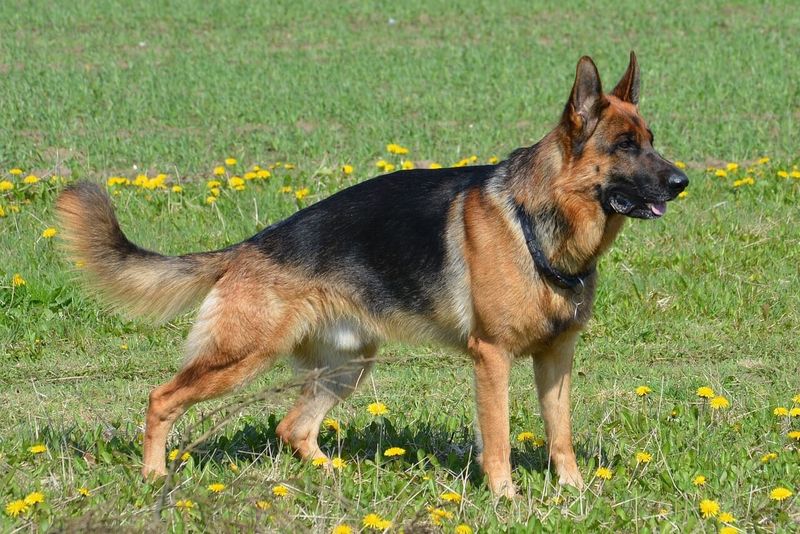
German Shepherds rank among America’s most popular breeds, but their popularity comes with a painful price. These intelligent dogs frequently suffer from hip and elbow dysplasia, conditions where joints don’t develop properly, leading to arthritis and mobility issues.
Another common condition is degenerative myelopathy, a progressive spinal cord disease that eventually paralyzes affected dogs. Many owners aren’t prepared for the heartbreak of watching their once-active shepherd lose ability to walk.
While they excel as working dogs, their high energy and intelligence demand consistent training and mental stimulation. Without proper outlets, they can develop destructive behaviors. Vets often caution that these majestic dogs need experienced owners committed to their extensive care needs.
5. Dachshund – Back Issues Are No Small Problem
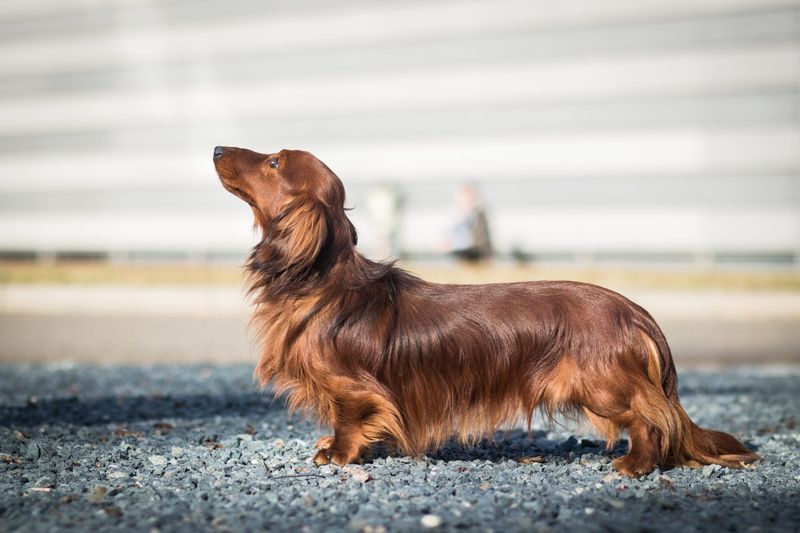
Those adorable long bodies make Dachshunds instantly recognizable, but their unique shape predisposes them to serious spinal problems. One in four Dachshunds will suffer from intervertebral disc disease, where discs between vertebrae herniate or rupture.
When this happens, these little dogs experience extreme pain and may even become paralyzed. Surgery costs thousands of dollars, and recovery requires weeks of strict crate rest – challenging for these energetic pups.
Dachshunds can also be stubborn and difficult to housetrain. While their bold personalities pack plenty of charm into a small package, veterinarians caution potential owners about the breed’s specific health challenges and the financial commitment required for their specialized care throughout their 12-16 year lifespan.
6. Chow Chow – Fluffy Exterior, Challenging Temperament
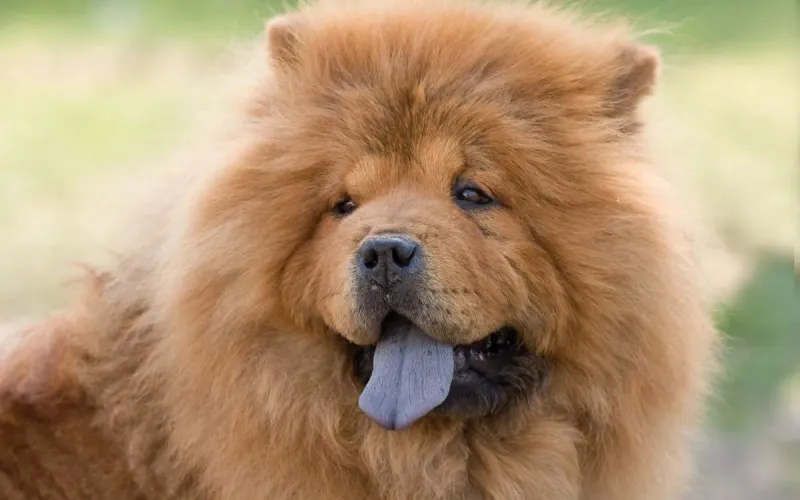
Behind that lion-like mane and blue-black tongue lurks a temperament that’s not for the faint of heart. Chow Chows tend toward aloofness and suspicion of strangers, making them challenging pets for social households.
Health-wise, they’re prone to hip dysplasia, eyelid abnormalities, and autoimmune disorders. Their thick double coats require extensive grooming to prevent painful mats and skin problems.
Early socialization is absolutely critical with this breed, yet even well-trained Chows can be unpredictable around unfamiliar people. Their strong guardian instincts, combined with a stubborn streak, mean they need experienced owners. Veterinarians often recommend more adaptable breeds for families and first-time dog owners.
7. Pug – Cute Faces, Lifetime Of Breathing Struggles
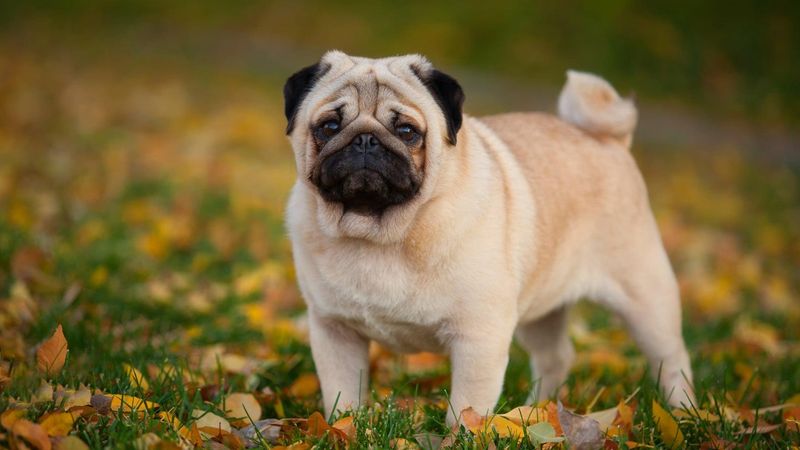
Those adorable squished faces come with a lifetime of respiratory distress. Pugs struggle to breathe during even mild exercise and can’t regulate their body temperature effectively, making them prone to heatstroke even on moderately warm days.
Many pugs require surgery to open their airways just to breathe somewhat normally. Their bulging eyes are vulnerable to injury, and their skin folds need regular cleaning to prevent infections.
Despite their happy-go-lucky personalities, pugs often develop obesity, which worsens their breathing problems. Veterinarians increasingly speak out against extreme flat-faced breeding, recommending that potential owners consider healthier breeds or rescue pugs whose breathing issues have already been surgically addressed.
8. Greyhound – Surprising Couch Potatoes Perfect For Apartments
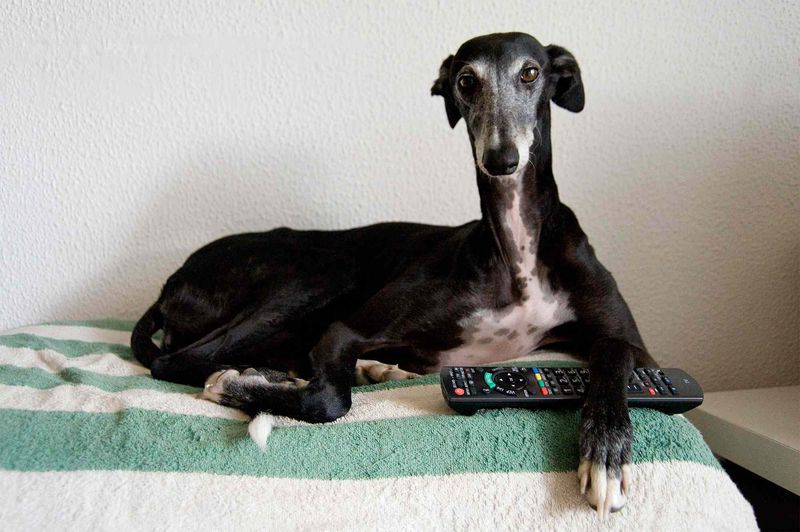
Despite their racing reputation, retired greyhounds are actually world-class nappers! These gentle giants typically exercise in short bursts, then happily lounge around for hours – perfect for busy professionals.
Their short coats require minimal grooming, and they shed less than many breeds. Contrary to what you might expect, greyhounds don’t need huge yards or excessive exercise to stay happy and healthy.
Known for their calm, quiet demeanor, they rarely bark and generally adapt well to apartment living. Many rescue organizations specialize in placing retired racing greyhounds in homes. These sweet-natured dogs typically bond deeply with their owners while respecting your need for personal space – making them ideal companions for those with demanding schedules.
9. Basset Hound – Low-Energy Companions For Hectic Lives
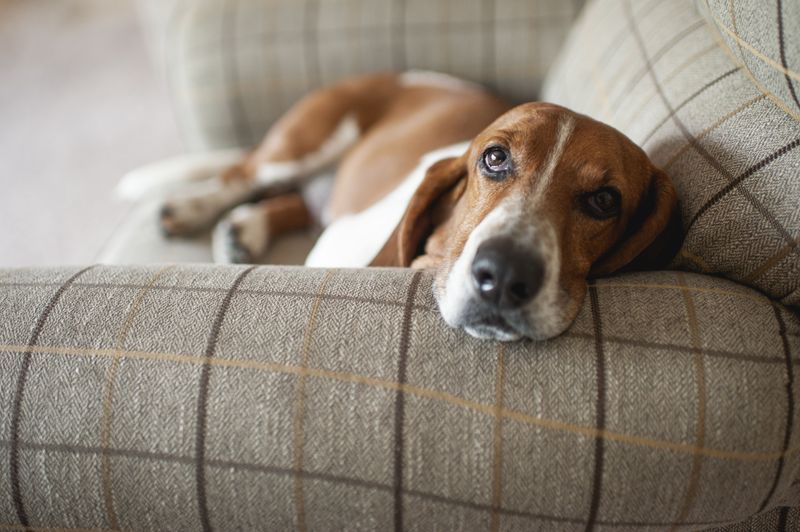
With their droopy eyes and long ears, Basset Hounds bring plenty of charm without demanding endless exercise. These easygoing dogs are content with moderate daily walks and plenty of nap time – fitting perfectly into a busy lifestyle.
While they may look sad, Bassets are actually good-humored and patient companions. Their steady temperament makes them remarkably tolerant of schedule changes and being left alone for reasonable periods.
They do shed and require some ear cleaning due to their distinctive floppy ears. However, their exercise needs are modest compared to many breeds. A Basset will happily snooze while you’re at work and greet you with a wagging tail when you return, making them ideal for professionals who can’t commit to high-energy breeds.
10. Shih Tzu – Built For Busy Owners Who Want Companionship
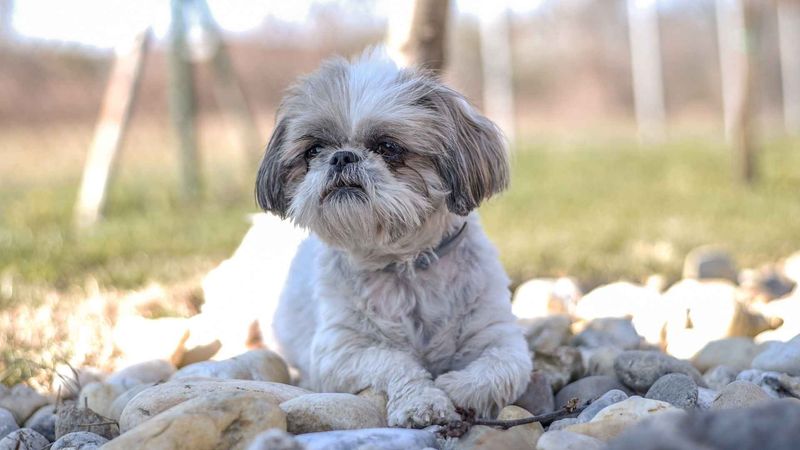
Bred specifically to be companions, Shih Tzus excel at their ancestral job. These little lions require minimal exercise – short walks and indoor play sessions satisfy their modest activity needs perfectly.
Their adaptable nature means they’re equally happy accompanying you on errands or holding down the fort at home. Unlike many small breeds, they typically aren’t excessive barkers.
While their beautiful coats do require regular grooming, many owners opt for practical short haircuts that significantly reduce maintenance time. Shih Tzus genuinely enjoy human company but aren’t typically needy or destructive when left alone for reasonable periods. Their friendly, outgoing personalities and minimal exercise requirements make them excellent companions for apartment dwellers with packed schedules.
11. French Bulldog – City Dwellers’ Delight For Limited Space And Time
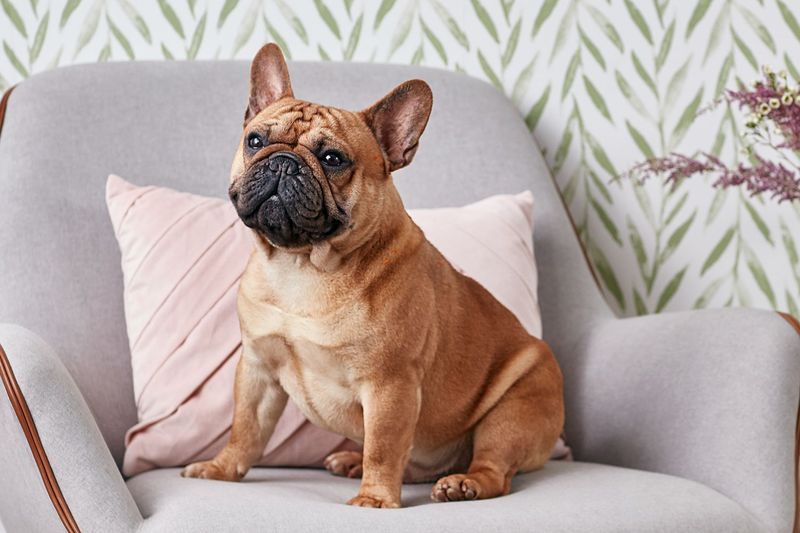
French Bulldogs have skyrocketed in popularity among urban professionals for good reason. Their compact size and relatively low exercise needs make them well-suited to apartment living and busy schedules.
A short daily walk and some indoor playtime typically satisfies their physical needs. Their short coats require minimal grooming, saving precious time in hectic routines.
While they do face some health challenges related to their flat faces, they’re generally less extreme than their English Bulldog cousins. Frenchies form strong bonds with their owners and are known for their affectionate, playful personalities. Their adaptability to different living situations and moderate exercise requirements make them popular companions for those with demanding careers.

